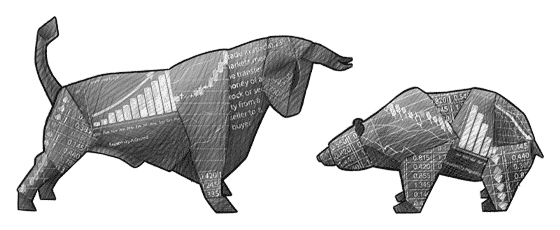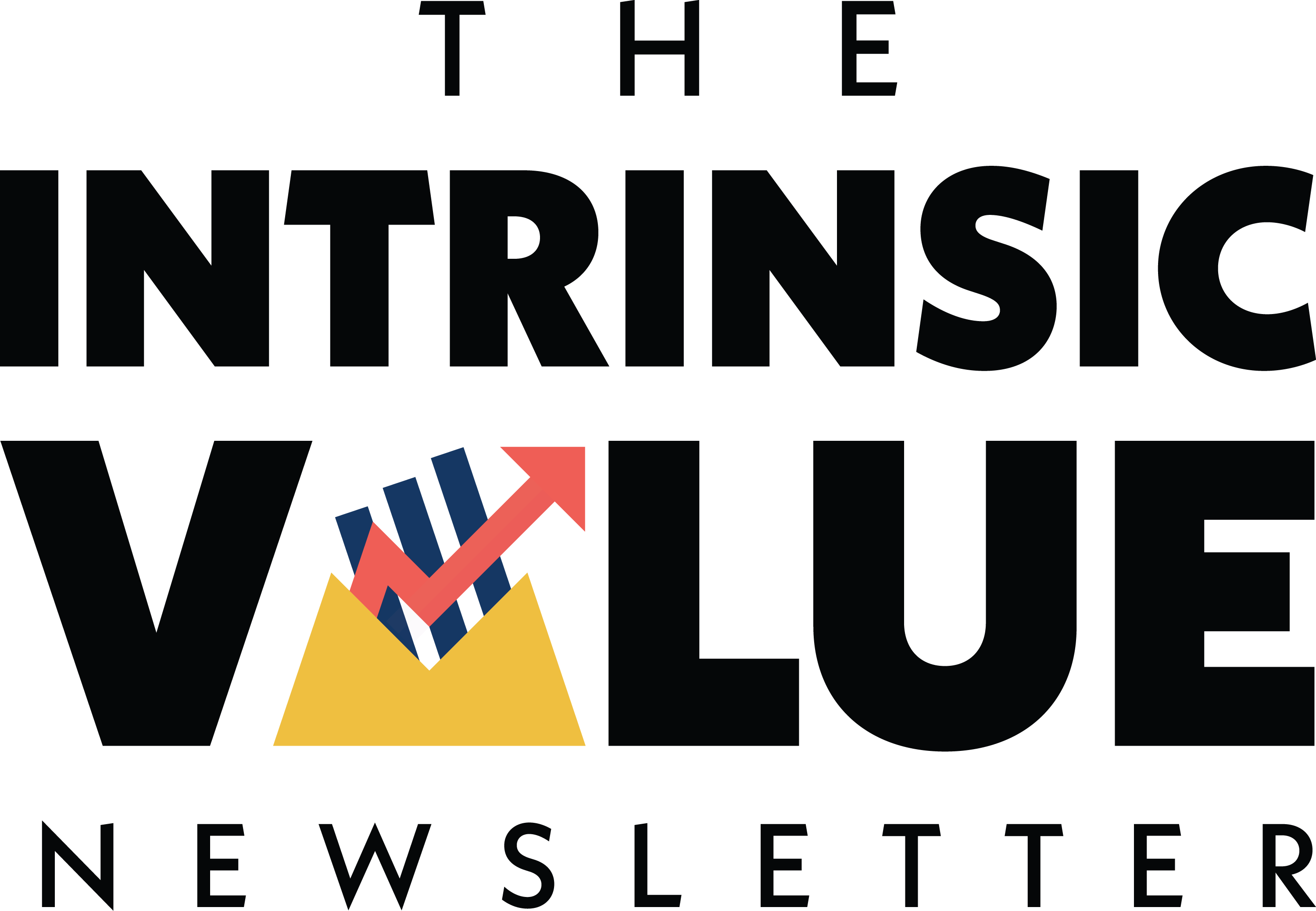Heat Waves

Hi, The Investor’s Podcast Network Community!
🥵 We need a breather. It’s sizzling in most parts of the country. Monday, July 3, was the hottest day ever recorded on planet Earth.
That record didn’t last very long, as Tuesday’s heat broke Monday’s record. We have more below on how the warming planet is altering food markets in drastic ways.
It’s no wonder why many people say summer is their time for hibernation. Major kudos to Willis Carrier, the inventor of the modern air conditioner.
— Matthew & Weronika
Here’s the rundown:
Today, we’ll discuss the three biggest stories in markets:
- America’s hot labor market fuels job growth in unexpected places
- What Earth’s warming temps mean for global food markets
- Companies already using A.I. to drive efficiency
All this, and more, in just 5 minutes to read.
POP QUIZ
What is the economic cost of heat-induced labor productivity decline in the U.S.? (Scroll down to find the answer)
Get smarter about valuing businesses in just a few minutes each week.
Get the weekly email that makes understanding intrinsic value
easy and enjoyable, for free.
IN THE NEWS
💼 Hot Labor Market Fuels Job Growth In Unexpected Places (WSJ)
The U.S. labor market is showing surprising strength, despite the Federal Reserve’s aggressive interest-rate campaign. While tech layoffs have headlined, they simply don’t tell the whole labor market story.
Builders, architects and engineers, real estate agents, vehicle manufacturers, and other businesses usually sensitive to higher borrowing costs have increased employment thus far in 2023. The job gains have totaled roughly 1.6 million jobs in the year’s first five months, beating forecasts.
- “The labor market has continually surprised,” said Glassdoor’s lead economist. The strong job gains come amid companies and consumers facing higher borrowing costs.
- The Fed raised interest rates to a 16-year high in 2023 and could increase them further to slow the economy, cool the labor market, and mitigate inflation that is still above its 2% target.
The “winning” industries include constructive employment, especially industrial and infrastructure construction, whose businesses remain steady while residential construction levels off. Construction projects related to electric-vehicle batteries and semiconductors are also driving job growth, thanks partly to the $52.7 billion in semiconductor federal assistance for semiconductor-facility construction under the Chips and Science Act of 2022.
Architectural and engineering firms have also added workers, and the real-estate industry hasn’t lost jobs this year despite a slowdown in single-family home sales.
Why it matters:
Even the financial sector, amid all the banking sector turmoil, has posted job growth, specifically with insurers, brokers, and financial advisers. Meanwhile, government, leisure, hospitality, and healthcare account for roughly 60% of all employment gains in 2023.
Even still, restaurant and hotel employment lags behind pre-pandemic levels.
- Of course, tech layoffs are well documented, and economists worry that residential and commercial real estate construction employment could fall rapidly in the year’s second half.
- Wage growth is still strong but easing. Job growth has become more concentrated in the industries mentioned above, suggesting that the historically hot labor market coming out of the pandemic is cooling slightly.
“There are signals on the periphery that the labor market is slowing,” noted the senior U.S. economist at Deutsche Bank.
🔥 Heat Records Impact Economy, Food Prices (Bloomberg)
This week, global temperatures have broken records.
On Monday, the average global temperature rose to 62.6 degrees, surpassing the previous record of 62.4 degrees set in August 2016, according to the National Centers for Environmental Prediction. The average temperature climbed further to 62.9 degrees on Tuesday.
The new temperature highs highlight the extreme nature of the summer in the northern hemisphere in 2023. The heat also has widespread impacts on the economy, labor productivity, and food markets.
- “It’s a death sentence for people and ecosystems,” said a senior lecturer at the Grantham Institute for Climate Change and the Environment. The El Niño weather phenomenon is set to increase global temperatures.
- The El Niño phenomenon is profound because it involves a massive shift in the vast Pacific basin, which covers one-third of the planet. It occurs when warm water builds up along the equator in the eastern Pacific, causing dangerously dry conditions and heat increases, intensifying global warming effects.
This summer’s heat has endangered millions worldwide, causing life-threatening disease outbreaks, heat exhaustion, and a decline in labor productivity globally to the tune of billions of dollars. Not to mention all the supply chain disruption.
Why it matters:
Crops are among the most impacted industries, with corn particularly vulnerable to high temperatures. Once the temperature exceeds approximately 86 degrees, corn yields decrease significantly.
- A study conducted by NASA researchers in 2021 projected a potential 24% decline in global corn yields by the end of the century.
It’s not just corn, though. Rising temperatures and dry conditions lead not only to food shortages but to increased food prices overall. A warming planet is already causing food prices to rise and could significantly contribute to inflation in the future.
Simply put: Higher temperatures, storms, and floods strain agriculture, ultimately reducing supply and increasing prices.
“In just over a decade, in ahigh-emission scenario, the increase of U.S. food prices could be as high as 3.3 percentage points by 2035, and up to 7 percentage points in 2060,” said one scientist at the Potsdam Institute for Climate Impact Research.
🤖The Companies Using A.I. to Drive Efficiency (NYT)
Amazon, Box, Salesforce, Oracle, and others have rolled out A.I.-related products to help workers worldwide be more efficient and productive.
Of course, many workers already are using ChatGPT at work. When developers get stuck, for example, they ask ChatGPT to explain, fix, or hone their code.
- Other companies are using Microsoft’s Azure OpenAI Services, which allows businesses to build their own A.I.-powered chatbots. AT&T used it to create their own A.I. assistant, Ask AT&T, which helps developers automate their coding process. AT&T customer service reps also began using the chatbot to summarize their calls, among other tasks.
- One employee said forms that used to take several hours to complete now take only about two minutes, freeing up developers to focus on more creative or complicated tasks. Productivity overall jumped between 20% and 50%.
“I think this is a complete breakthrough in enterprise software,” Box’s CEO said of generative A.I. He called it “this incredibly exciting opportunity where, for the first time ever, you can actually start to understand what’s inside of your data in a way that wasn’t possible before.”
Why it matters:
Many tech companies are following Microsoft’s lead, as Microsoft has invested $13 billion with OpenAI, ChatGPT’s maker.
Tech companies are rolling out generative A.I. products for businesses, including features and services that generate code for software engineers, plus sales emails and product descriptions for marketing teams. Other companies are using A.I. to summarize meeting notes and lengthy documents.
- For instance: Salesforce offers A.I. Cloud starting at $360,000 annually, with the cost rising depending on the amount of usage.
Overall, companies recognize using A.I. in workplaces has risks, namely inaccuracies and misinformation, plus leaked data. A.I. remains almost entirely unregulated, too. But tech companies have engineered their own A.I. products instead.
- “It is going to be a tool used by people to accomplish what they’re already doing,” said one tech analyst.
TRIVIA ANSWER
The U.S. loses an average of $100 billion annually from heat-induced declines in labor productivity, more than the annual budget for the U.S. Department of Homeland Security and the Department of Housing and Urban Development combined.
See you next time!
That’s it for today on We Study Markets!
Enjoy reading this newsletter? Forward it to a friend.
Was this newsletter forwarded to you? Sign up here.
All the best,
P.S. The Investor’s Podcast Network is excited to launch a subreddit devoted to our fans in discussing financial markets, stock picks, questions for our hosts, and much more!
Join our subreddit r/TheInvestorsPodcast today!











